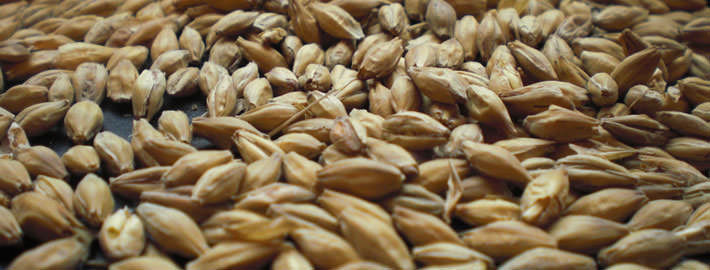
A large part (about 25%) of the remainder is used for malting, for which barley is the best-suited grain. It is a key ingredient inbeer and whisky production. Two-row barley is traditionally used in German and English beers. Six-row barley was traditionally used in US beers, but both varieties are in common usage now. Distilled from green beer, whisky has been made primarily from barley in Ireland and Scotland, while other countries have used more diverse sources of alcohol, such as the more common corn, rye and wheat in the USA. In the US, a grain type may be identified on a whisky label if that type of grain constitutes 51% or more of the ingredients and certain other conditions are satisfied.
Barley wine is a style of strong beer from the English brewing tradition. Another alcoholic drink known by the same name, enjoyed in the 18th century, was prepared by boiling barley in water, then mixing the barley water with white wine and other ingredients, such as borage, lemon and sugar. In the 19th century, a different barley wine was made prepared from recipes of ancient Greek origin
| Varietal Purity | % | 98 |
| Moisture content | % | 13.6 |
| Extract fine grist (as is) | % | 69.2 |
| Protein | % | 11.3 |
| Screening above 2.5mm | % | 93.4 |
| Screening below 2.2mm | % | 1 |
| Purity | % | 100 |
| Half Grains | % | 0.3 |
| Sprouting | % | 0.01 |
| Germinative Energy 5 days | % | 97 |
| Gushing Test (in water) | g | 0.01 |
| Gushing Test (using Beer) | g | 0.01 |


